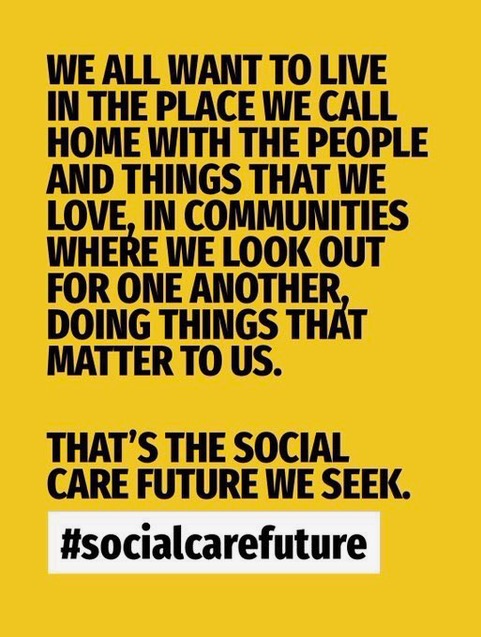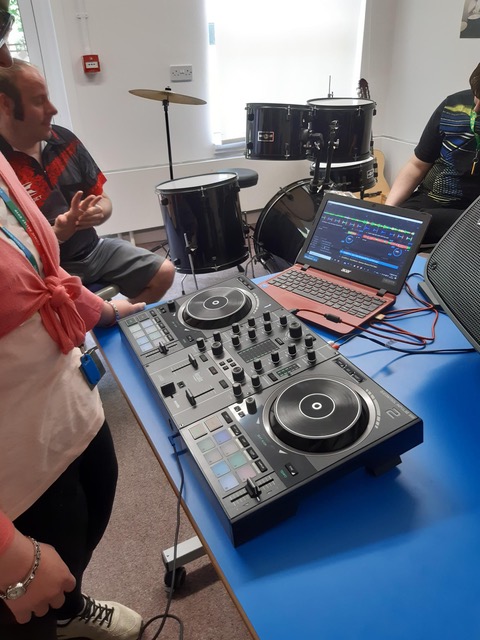Here at Community Circles, we are exploring how Circles of Support can be delivered at scale. There has been some confusion about the differences between Circles of Support and Community Circles. People are asking are they the same thing and if not, what are the differences?
So today we want to look at Circles of Support and their benefits, together with the role of Community Circles.
Benefits of Circles of Support
- Circles of Support make economic sense and are a good use of the resources available to people. They are a way of harnessing community capacity, and of making best use of people’s skills and assets, and using this for the benefit of people who use services and the wider community.
- Circles of Support are a great way of putting person centred approaches and personalisation more generally into practice, in a way that keeps the person in control and builds on what we already know works well .
- Circles of Support are a great way to support decision making in a way that is close to the person and their allies.
- Circles of Support are flexible – there is no single approach in terms of number, roles, duration, input and focus – and can change and develop alongside the person being supported.
- Circles of Support can really help us deliver on the preventative agenda, which is to be a key local authority duty following the introduction of the new Care & Support Bill.
- Circles of Support add to the connectivity and resilience of the communities that they exist in, and have benefits for all the participants, not just the focus person. The relationships and skills learned in circle building are likely to be applied by circle members and people who learn from them to building further mutuality and solidarity in their communities.
- Circles of Support provide an opportunity to the circle members to find a way to contribute to the focus person’s life in a way that works well for each of them.
- Circles of Support bring people together (this could be friends, family members and/or professionals) to support the person at the centre of the Circle in their goals.
- Circles of Support can be set up to help people when they move home, start a new course or job, try new activities, access funding or make new friends. There is no limit to what they can achieve because the goals that they work towards are set by the person in the centre.
- Circles of Support allow people to help the person they care about in a practical way. By talking together and working towards a common goal, we can each find ways that we can contribute to helping someone in their journey based on our own skills and abilities.
- Circles of Support draw on the skills and gifts of a group of people working together. This can lead to the focus person feeling better supported and less likely to need formal services; strengthening relationships and communities
What is Community Circles’ role?
- Circles have been around for a long time but have not been used in large numbers. Community Circles is aiming to make circles accessible to, and sustainable for, all.
- When they have been used, Circles have been primarily used by people with learning disability. Community Circles wants to help them be available for anybody who needs one .
- Community Circles is trying to ensure that people know the benefits of shared decision-making and working collaboratively to achieve a goal.
- Community Circles is working on how the results of Circles of Support can be used by people as an audit trail and as a way of demonstrating best use of resources.
- Community Circles is helping to ensure Circles of Support are themselves supported with trained facilitators with experience and knowledge of person centred approaches.
- Community Circles is trying to grow a Community of Circles of Support. A place where Circles can access support, advice and trained facilitators together with a place where those wishing to set up a Circle can find out how to start and structure a Circle.
- Community Circles wants to ensure that Circles of Support are a common occurrence rather than a rarity. We want people to understand how Circles of Support work, the benefits they can bring and we want Circles of Support to feel supported.
How can you help?
There are many ways for you to get involved with Community Circles.
- Engage via Social Media:
- You can follow Community Circles on Twitter (@C_Circles).
- You can subscribe to our blog and share our posts with your colleagues
- You can follow our Facebook Page
- Share your experience of Circles with us for our blog
- Let us know of any ideas you have on helping us to overcome some of the challenges.






